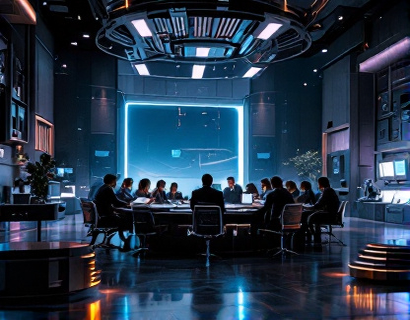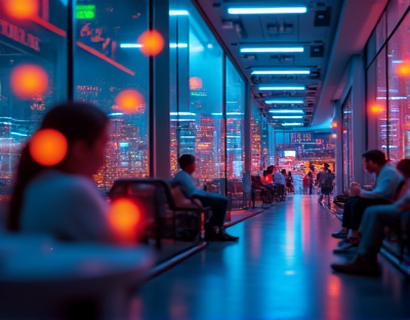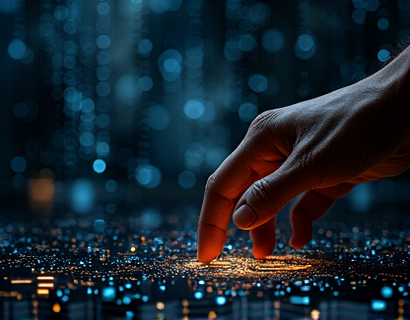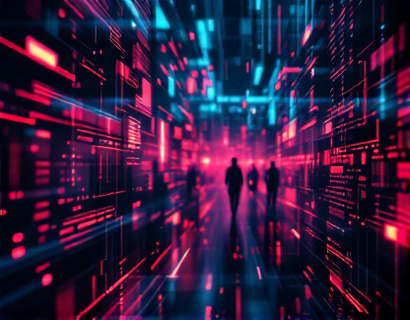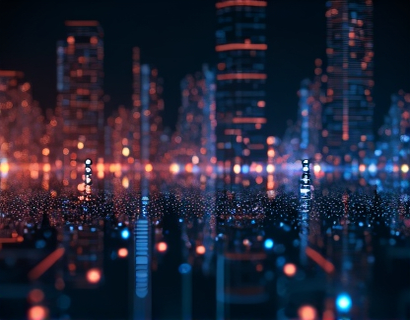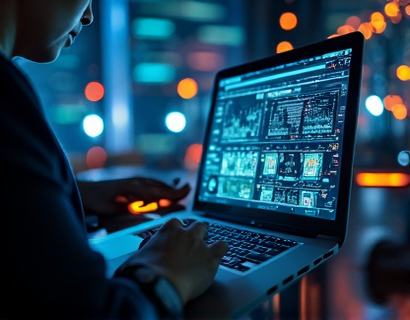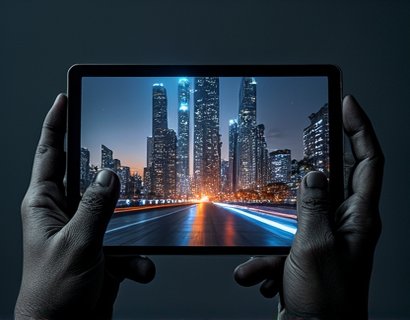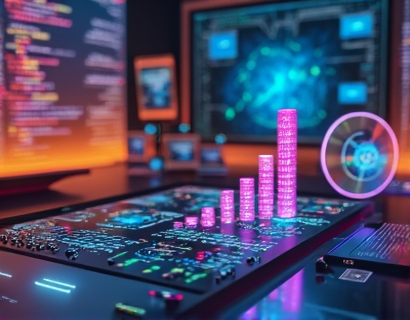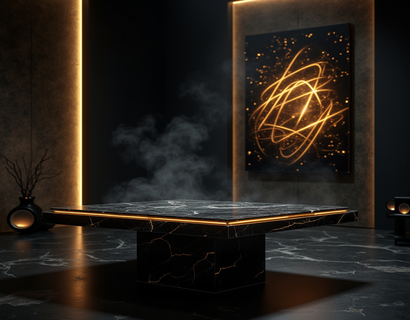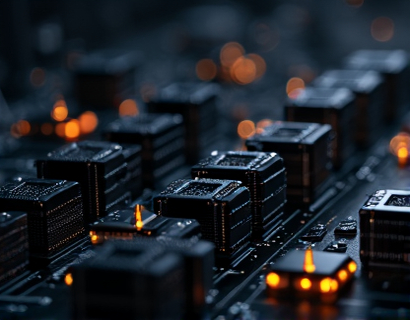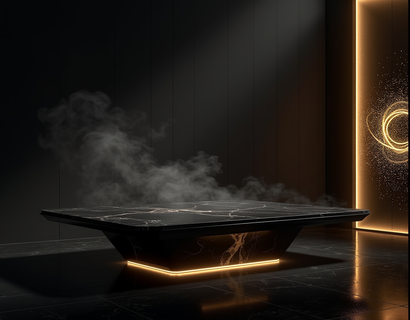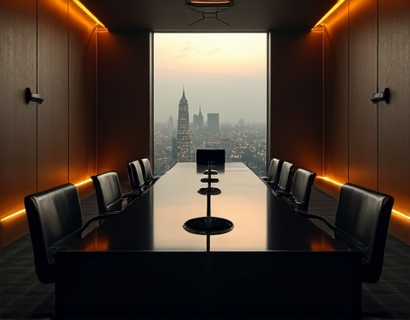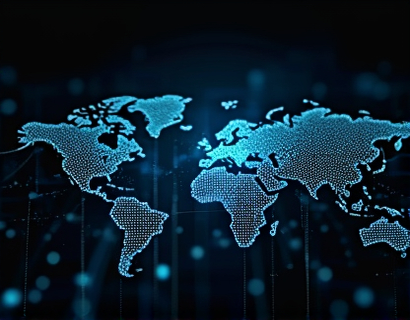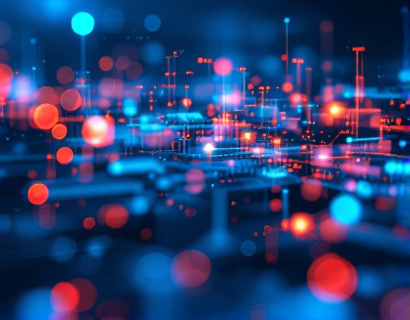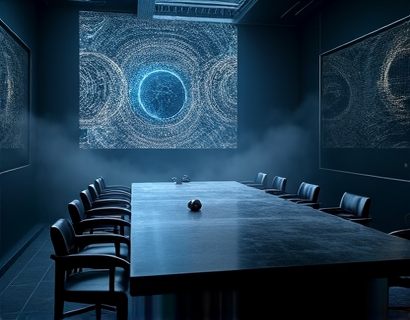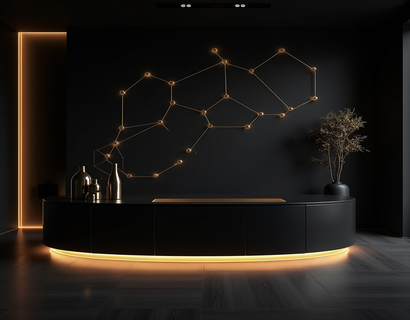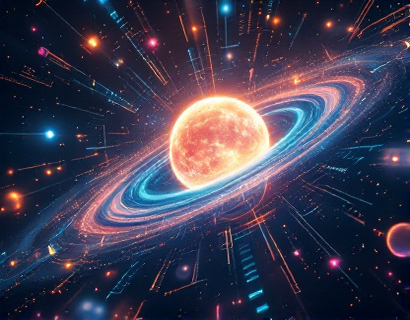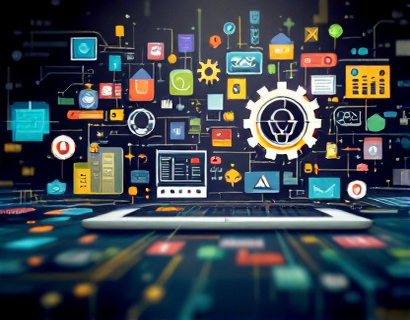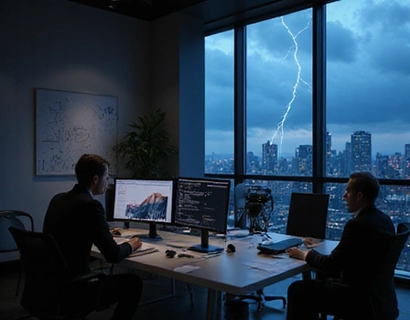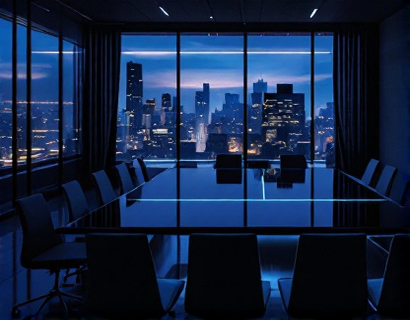Mastering Personalized Style: A Comprehensive Guide to Custom Embroidered Fashion and Home Decor
In an era where individuality and personal expression are highly valued, the art of custom embroidery stands out as a unique way to elevate both fashion and home decor. This comprehensive guide delves into the world of personalized embroidered products, exploring how they can transform ordinary items into extraordinary pieces that reflect one's unique style and personality. From apparel to accessories and home items, the possibilities with custom embroidery are vast and varied, catering to fashion and home decor enthusiasts alike.
The Art of Custom Embroidery
Embroidery, an ancient craft, involves decorating fabric or other materials with needle and thread. The art form has evolved over centuries, incorporating various techniques, stitches, and designs to create intricate and beautiful patterns. Custom embroidery takes this traditional craft to a new level by allowing individuals to commission unique designs tailored to their preferences. This personalized touch transforms standard products into one-of-a-kind items that carry a piece of the creator's or recipient's story.
Benefits of Custom Embroidered Products
The allure of custom embroidered items lies in their ability to blend artistry with functionality. For fashion enthusiasts, embroidered apparel and accessories offer a way to stand out in a crowd, expressing personal style through bespoke designs. Home decor enthusiasts find in custom embroidery a means to add a personal touch to their living spaces, making each item a reflection of their taste and personality. Beyond aesthetics, embroidered products can also hold sentimental value, serving as meaningful gifts or keepsakes.
Enhancing Fashion with Embroidery
In the realm of fashion, custom embroidery can elevate the simplest garment into a statement piece. Embroidered details on shirts, jackets, and bags add texture and visual interest, making the wearer's style more distinctive. For instance, a plain t-shirt can be transformed with a custom design, turning it into a unique piece that showcases the wearer's individuality. Similarly, embroidered patches and appliques on denim jackets or bags can add a vintage or bohemian flair, appealing to those who appreciate eclectic and handcrafted styles.
Embroidery can also be used to personalize clothing with initials, names, or meaningful quotes. This not only adds a personal touch but also makes the garment more special and memorable. For special occasions, such as weddings or prom, custom embroidered accessories like boutonnieres or corsages can add an elegant and personalized element to the attire.
Embroidery in Home Decor
In home decor, custom embroidery brings a handcrafted charm to various items, from textiles to wall art. Embroidered throw pillows, blankets, and curtains can instantly enhance the aesthetic of a room, adding warmth and coziness. These items are not only functional but also serve as conversation starters, highlighting the owner's appreciation for unique and artisanal pieces.
Wall hangings and tapestries embroidered with intricate designs can transform a space, creating a focal point that reflects the homeowner's taste. Embroidered tablecloths and napkins add a touch of elegance to dining areas, making mealtimes more special. Even everyday items like towels and bath mats can be elevated with custom embroidery, adding a luxurious feel to the bathroom.
Process of Creating Custom Embroidered Products
The process of creating custom embroidered products involves several steps, from design conception to the final stitching. It begins with the client's vision, which is translated into a design by a skilled embroiderer or designer. This design is then digitized, creating a file that guides the embroidery machine. The choice of thread, fabric, and stitch type is crucial, as these elements contribute to the overall look and feel of the finished product.
The embroidery process itself is a blend of technology and traditional craftsmanship. Modern embroidery machines use computerized systems to accurately place each stitch, ensuring precision and consistency. However, the human touch remains essential, especially for intricate designs that require manual intervention. The combination of machine precision and human skill results in high-quality, detailed embroidery.
Choosing the Right Design
Selecting the right design for custom embroidery is a critical step. The design should align with the intended use of the product and the personal style of the client. For fashion items, consider designs that complement the garment's style and color. For home decor, choose designs that harmonize with the existing decor or create a bold contrast. It's also important to consider the size and placement of the design, ensuring it looks balanced and proportional.
When commissioning a custom design, clients can work closely with embroidery artists to refine the concept. This collaborative process allows for adjustments and iterations until the final design meets the client's vision. Providing reference images or descriptions can help guide the designer in creating a bespoke piece that perfectly captures the desired aesthetic.
Materials and Quality
The quality of custom embroidered products is heavily influenced by the materials used. High-quality threads, such as cotton, silk, or metallic threads, ensure durability and a luxurious finish. The choice of fabric is equally important, as different fabrics respond differently to embroidery. For example, heavier fabrics like denim require stronger threads and different stitching techniques compared to delicate fabrics like silk.
Premium embroidery services prioritize the use of high-quality materials to ensure the longevity of the product. This attention to detail not only enhances the appearance but also the functionality of the item. Clients should inquire about the materials used and the care instructions to maintain the embroidered piece over time.
Customization Options
Custom embroidery offers a wide range of customization options, allowing clients to personalize their products in various ways. Beyond basic designs, clients can choose from a variety of stitch types, such as satin stitch, chain stitch, and backstitch, each offering a unique texture and appearance. Color options can be expanded to include a spectrum of hues, from subtle pastels to vibrant neon, allowing for creative expression.
Textual customizations, such as monograms, names, or quotes, add a personal touch to the embroidery. Clients can also request specific fonts and sizes to match their preferences. For more intricate designs, clients can upload their own artwork or work with designers to create a custom pattern. This level of customization ensures that each embroidered product is truly one-of-a-kind.
Applications of Custom Embroidery
The applications of custom embroidery are diverse, extending beyond fashion and home decor to various other areas. In the corporate world, embroidered logos and branding on uniforms, bags, and accessories serve as professional and recognizable identifiers. For events and ceremonies, custom embroidered items like tassels, sashes, and ribbons add a touch of elegance and formality.
In the realm of gifts, custom embroidery offers a thoughtful and personalized option. Whether it's a birthday, anniversary, or graduation, an embroidered item can carry a deeper meaning and sentiment. Custom embroidered items make excellent housewarming gifts, baby gifts, or retirement presents, showing that the giver has put thought and effort into the choice.
Sustainability and Ethical Considerations
As awareness of sustainability and ethical practices grows, custom embroidery can align with these values. Using eco-friendly materials, such as organic cotton threads and recycled fabrics, reduces the environmental impact of embroidered products. Additionally, supporting local embroidery artisans and small businesses contributes to the local economy and preserves traditional craftsmanship.
Transparency in the production process, from sourcing materials to manufacturing, is essential for ethical custom embroidery. Clients can feel confident in their choices knowing that their purchase supports fair labor practices and sustainable methods. Emphasizing these aspects can also differentiate a custom embroidery service in a competitive market.
Conclusion
Custom embroidery offers a unique and versatile way to enhance both fashion and home decor, providing endless possibilities for personal expression and creativity. By combining traditional craftsmanship with modern technology, custom embroidered products can transform ordinary items into extraordinary pieces that stand out and hold special meaning. Whether for personal use or as thoughtful gifts, the art of custom embroidery continues to thrive, offering a timeless way to elevate style and add a touch of elegance to any space.



